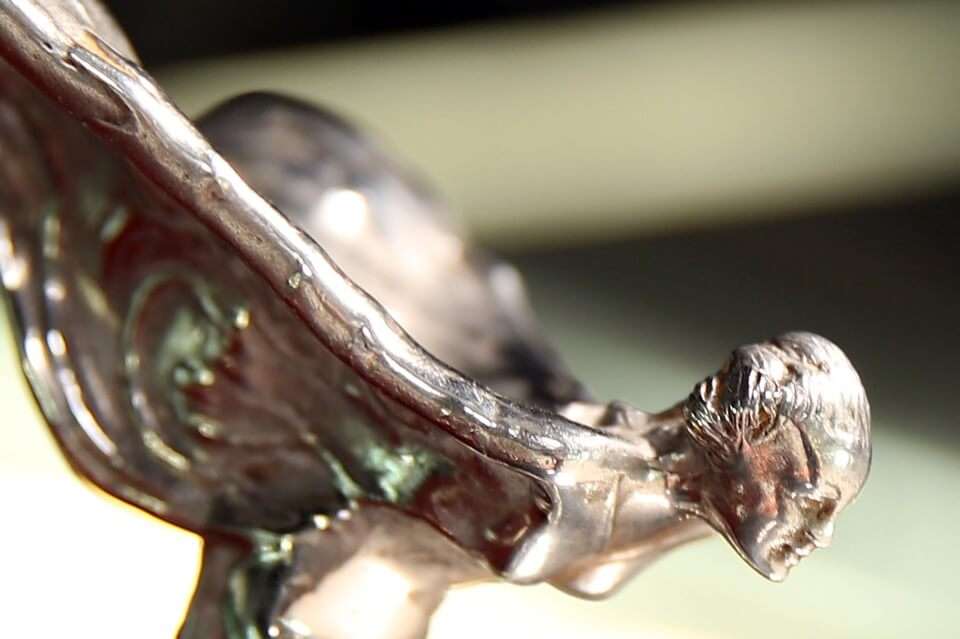Patents play a pretty significant role for innovation providing the incentive of a 20year monopoly on an invention.Inventors may be willing to pour in their own time and resource and can attract investors with the promise of monopoly power of the product. While patents are undoubtedly an important piece of innovation pipeline, highly patentability standard is equally important to ensure that progress is not installed and monopoly power is not granted to an obvious or non-new invention or discoveries.

The United Patent and Trademark Office has granted some pretty ridiculous patents over the years. Though it makes me wonder about the quality of patent they are not granting. First a review of patentability standard. In the United States, for an invention to be granted a patent, it must be new, non-obvious, useful. These standards capture utility patent, which is most people think of when they hear a word “patent”. Another category of the patent covers the designs to be new and original. Design patents seem to be particularly egregious, and I have no earthly idea about how patent examiners determine the new and original threshold met.
Stupid Patents
8. Design patents for the windshield. From EFF’s May 2017 Stupid Patent of the month club, a subsidiary of Ford managed to obtain a design patent for a design of a windshield. Rest I do not have any experience with automobile manufacture or design, but looking at each each of seven images attached to patent application as well as description i do not see, a) how this is any different from standard windshield, b) even if there is a difference how could it be possible to be considered new and original.
7. A CAT entertainment system where a person moves from the light and has cat chase it is a patent that has been granted numerous times often embodied in a single product. The USPTO, threshold for non-obvious is clearly lower than mine.

6. A method for swinging on the swing. When you were a kid, you probably used a swing in the traditional method of having someone push from behind or pumping your legs to give momentum to go back or forth. If your childhood was anything like mine, you probably experimented with other methods too. You played”helicopter” by twisting chains on themselves than letting them unfurl, so you could spin around. You laid down on your stomach on the seat of swing and pretended you were flying. Perhaps, you even tried swinging from side to side instead back to forth.
5. Do not put organize your computer files into folders? USPTO granted a patent for a method ” method and apparatus for an automatic organization for computer files organization”. The patent describes a way for software to automatically filter files into the folder. The claim, drawn broadly, isn’t limited to particular of how this softwares operates but instead covers nearly any mechanism to automatically sort computer files.

4. IBM in 2017 somehow obtained approval for its patent on an out-of-office email message system. This one received quite a bit of press attention, including EFF’s February 2017 stupid patent this month.
3. Have you ever used a glass staircase? I am pretty sure they are fairly ubiquitous in high-end department stores and boutique shops. Nevertheless, USPTO saw fit to grant Apple’s design patent for a glass staircase in 2013.
2. A stick. Seriously in 1999, someone received a patent for a toy made of ” any numbers of material including rubber,plastic,or wood including wood composites” for “an animal for examples, a dog, to either fetch, carry or chew, and including ” at least one protrusion extending therefrom that resembles a branch in appearance.” While the description is bad enough, you have to look at image submitted to fully appreciated how ridiculous this one is.
1.The all-time dumb patent is Apple’s design patent for a rectangle with rounded corners. Granted in 2012, Apple received a patent for the shape of its product, which is pretty standard. It’s rectatangle. It’s rounded corner. The entirety of single claim areas as the ornamental design for portable display devices.





